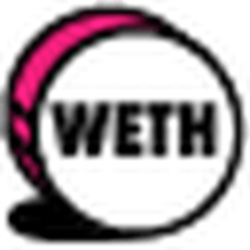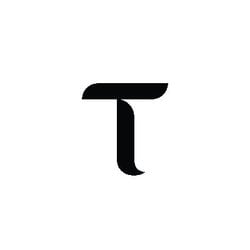Ethereum’s upcoming Pectra upgrade faced an unexpected challenge on Feb. 24 that impacted its testing on the Holesky testnet.
On Feb. 27, Tim Beiko, Ethereum Foundation Protocol Support Lead, explained that the failure resulted from execution clients—Geth, Nethermind, and Besu—using incorrect deposit contract addresses.
This misconfiguration triggered an execution layer (EL) bug, leading to chain splits. As a result, a minority chain remained valid, degrading the network’s overall health.
The issue has sparked discussions about the resilience of Ethereum’s upgrade process, mainly since Pectra will introduce significant changes to the blockchain network. The upgrade has been described as Ethereum’s most ambitious hard fork and was split into two phases focusing on enhancing developer and user experiences.
Christine Kim of Galaxy Digital pointed out that losing Holesky as a reliable test environment complicates Ethereum’s upgrade process.
She wrote:
“It’s clear the community has lost some major testing capabilities with the loss of holesky. there isn’t a testnet comparable to holesky now that dapp develops can test pectra on.”
What next?
Ethereum core developers have already begun efforts to patch the issue, and they will initiate a mass validator slashing event on Feb. 28 at 15:00 UTC.
Beiko outlined key steps for validators, which included:
- Updating and syncing their nodes.
- Disabling slashing protection shortly before slot 3,737,760.
He stated that the goal was simultaneously bringing enough Holesky validators online to finalize a block on the correct chain. Any validator that previously attested to the invalid chain would be slashed. This would enable consensus layer (CL) clients to locate peers and sync with the valid network.
However, despite these efforts, Holesky will experience another period of non-finality for up to three weeks. During this time, slashed validators will exit, reducing their stake below the required 33%. Once this threshold is reached, the remaining validators can finalize the chain properly.
Beiko acknowledged that while this recovery method works for a testnet, it wouldn’t be viable on Ethereum’s mainnet. Developers are already exploring ways to ensure that nodes can be redirected to a minority chain more efficiently in future scenarios.
Will this affect Pectra’s timeline?
Beiko’s update did not answer whether the Holesky setback would impact the Pectra upgrade timeline.
According to him:
“We’ll need to discuss what other testing we were hoping to get out of Holesky and the best way to do that before moving forward with scheduling a mainnet fork date. We’ll discuss this on next week’s ACDC, but it’s unlikely we’ll be setting a mainnet fork date right then.”
Despite this uncertainty, Beiko noted that the developers remain committed to launching Pectra’s next testnet upgrade on Sepolia on March 5.
Unlike Holesky or mainnet, Sepolia operates with a permissioned validator set controlled by client and testing teams. This structure allows for faster coordination and reduces the risk of similar disruptions.
He added:
“Forking Sepolia sooner will give us a longer testing window for Pectra.”
The post Ethereum grapples with unexpected Holesky setback in Pectra upgrade testing appeared first on CryptoSlate.















